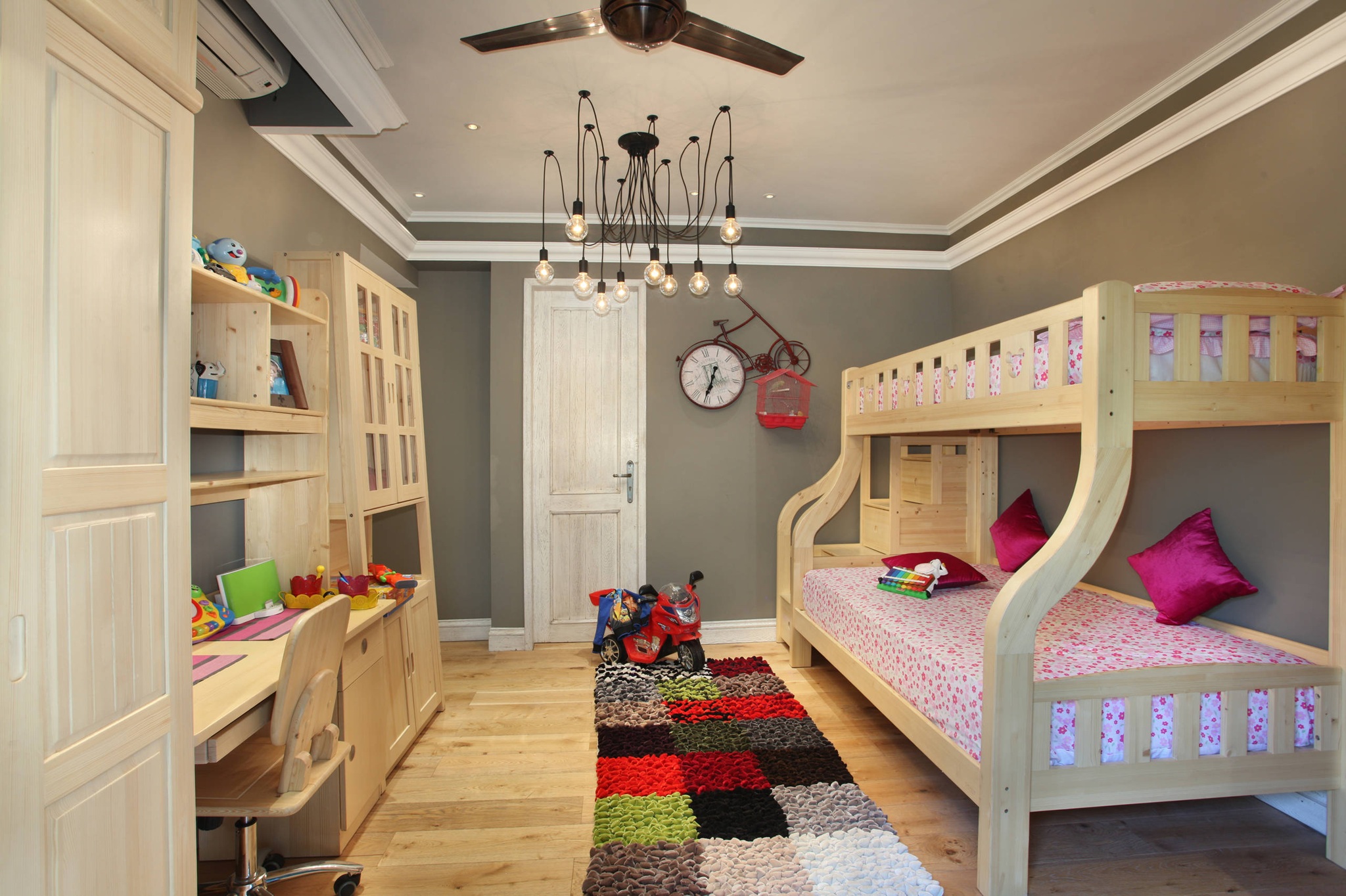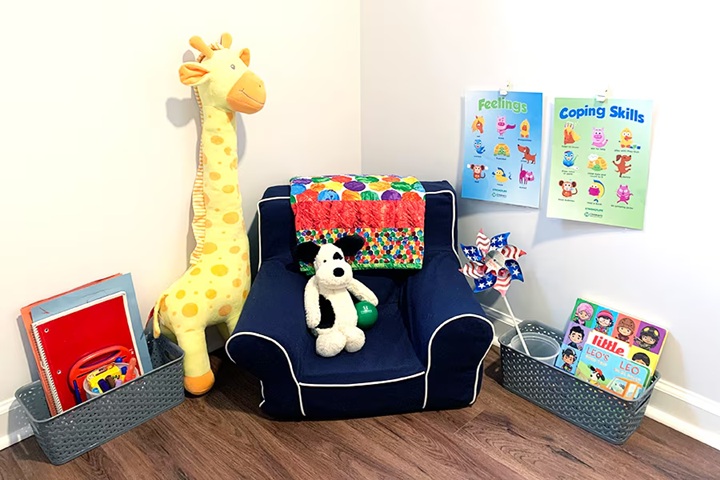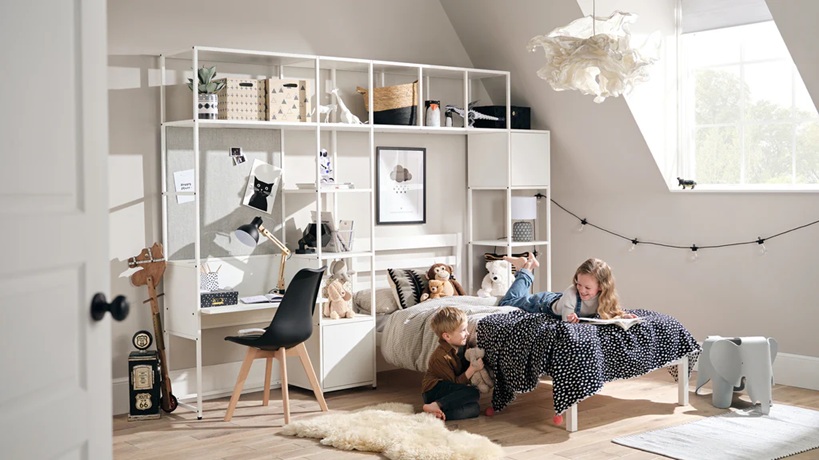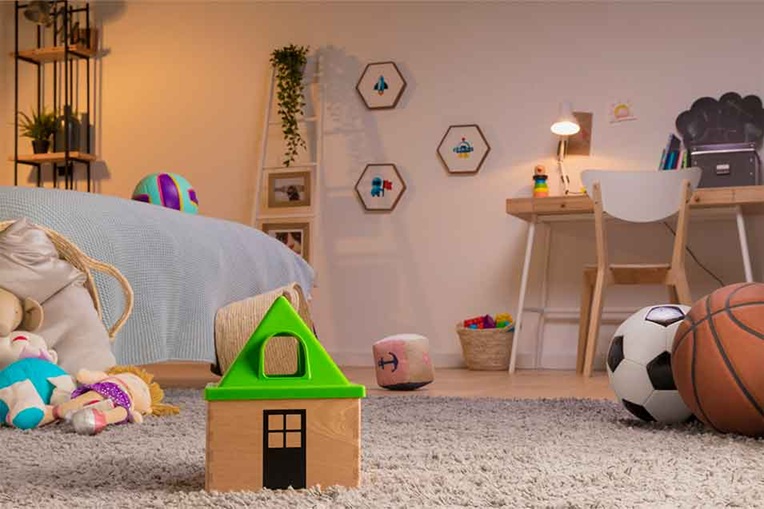Children grow fast, and so do their needs, preferences, and interests. One day they’re playing with toy trains, and the next, they’re asking for more desk space to do homework or room for hanging out with friends. Designing a room that evolves alongside your child can save you time, money, and a lot of effort in the long run.
Here’s how to create a flexible, functional, and stylish room that grows with your child through every stage of their development.
Start with a Flexible Foundation
When designing a room for a child, think beyond their current age. A good foundational setup allows the room to transition easily from toddler to teenager without requiring a complete overhaul.
Invest in Convertible Furniture
Cribs That Transform: Many cribs convert into toddler beds, and some even evolve into full-size beds. This eliminates the need for new furniture every few years.
Adjustable Desks: Choose desks and chairs with adjustable heights. These are excellent for early arts and crafts and can adapt into study stations during school years.
Modular Storage: Opt for stackable, modular storage units. These can be rearranged or added to as your child’s needs change, from toy bins to book display cases.
Neutral Furniture Colors
Furniture in neutral tones like white, gray, or natural wood ensures they match any new decor or theme down the line. While that bright pink bunk bed might seem cute now, neutral options provide far more versatility as tastes evolve.
Smart Storage Solutions

Children accumulate everything from toys to books to clothes, so easy-to-use storage is a must. Incorporating smart storage not only keeps the room tidy but also makes it easy to transition as their belongings change.
Combination Storage
Furniture that doubles as storage is a game-changer. Look for beds with built-in drawers or ottomans with hidden compartments for stowing away extra bedding, toys, or seasonal clothes.
Open and Closed Storage
Open Shelving: Use open shelves for display items and books when your child is younger. This setup encourages independence as they can easily grab toys or objects on their own.
Closed Storage Solutions: Pair open shelving with baskets, bins, or cabinets to tuck away clutter. Younger kids can use these for stuffed animals, while older kids can store sports gear or hobby supplies.
Decor That Adapts
While you want the room to reflect your child’s personality, it’s important to keep decor easy to update.
Paint and Walls
Go with classic, neutral wall colors like gray, beige, or soft pastels as a base.
Add personality with removable wallpaper, decals, or magnet boards. These are quick and inexpensive to swap out when their interests change.
Themed Accents
Instead of committing to a complete themed room (like a princess castle), incorporate themes through bedding, rugs, or curtains. These smaller touches are easy to update as your child outgrows their love for dinosaurs or unicorns.
Create Spaces for New Activities
Kids’ activities will adapt over the years, and their rooms should be able to accommodate changes in how they spend their time.
Play Areas to Study Zones
When young, your child might need plenty of floor space for play mats and toys. Over time, that area can transform into a study nook or tech zone with the right desk and chair. Use modular furniture to make these transitions seamless.
Multi-Functional Zones
Set up bean bags or small futons that can serve as play seating for young kids but transition into a cozy hangout spot for teens.
Leave plenty of “blank space” to introduce new functional elements, like a gaming chair or bookshelf when needed.
Keep Your Child Involved
One of the best ways to create a room that grows with your child is by including them in the design process. When they feel like their room reflects their personality, they’re more likely to take care of it.
Ask younger kids about their favorite colors or themes and incorporate those in small, removable ways.
Give older kids the autonomy to choose decor items, like a desk lamp or bedding, that match their current tastes.
Final Thoughts
Designing a room that evolves with your child provides flexibility and keeps you from having to start over every few years. By investing in smart furniture, versatile decor, and plenty of storage, you can create a space that grows alongside their needs, from toddler years to teens. With a little creativity and planning, you’ll give them a space they love at every stage of life.




